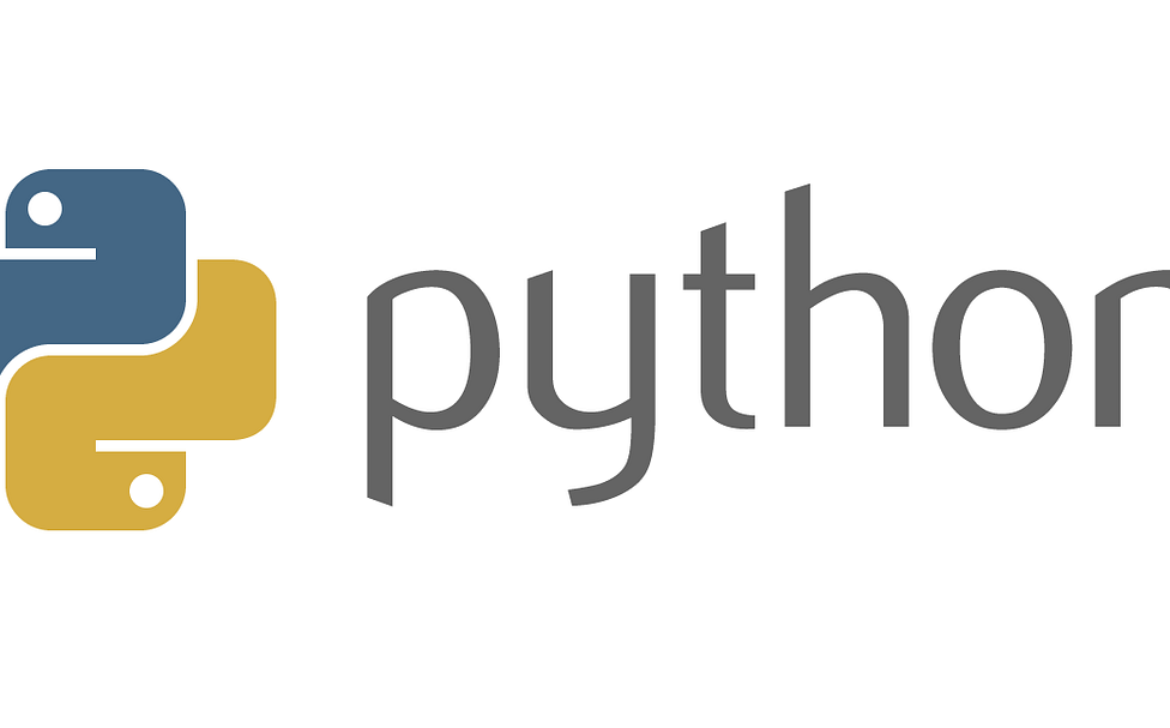Exploring the Power and Versatility of Python Programming

Python has become a powerhouse in the world of programming, offering a versatile and dynamic platform for developers across various domains. From web development to data science and artificial intelligence, Python’s simplicity and readability have made it a favorite among beginners and seasoned programmers alike. Let’s dive into why Python has garnered such widespread acclaim and explore some of its key features and applications.
Python: A Brief Overview
Python is a high-level, interpreted programming language known for its clear syntax and ease of use. Developed in the late 1980s by Guido van Rossum, Python emphasizes code readability and simplicity, making it an excellent choice for both beginners and experienced developers.
One of Python’s standout features is its extensive standard library, which provides ready-to-use modules and functions for tasks ranging from file handling to networking and web development. Additionally, Python supports multiple programming paradigms, including procedural, object-oriented, and functional programming, offering developers flexibility in how they approach problem-solving.
Key Features of Python
- Simple and Readable Code: Python’s syntax is designed to be easily readable and intuitive, reducing the time and effort required to write and understand code.
- Extensive Standard Library: Python comes with a vast collection of modules and libraries for various purposes, enabling developers to accomplish tasks efficiently without reinventing the wheel.
- Cross-Platform Compatibility: Python is platform-independent, meaning code written in Python can run on different operating systems such as Windows, macOS, and Linux without modification.
- Community and Ecosystem: Python boasts a vibrant and active community of developers who contribute to its ecosystem by creating libraries, frameworks, and tools, further expanding its capabilities.
- Versatility: Python is used in a wide range of applications, including web development (with frameworks like Django and Flask), data science (with libraries like Pandas and NumPy), machine learning (with libraries like TensorFlow and PyTorch), and automation.
Applications of Python
- Web Development: Python is widely used for building dynamic websites and web applications. Frameworks like Django and Flask provide powerful tools for creating scalable and maintainable web solutions.
- Data Science and Analytics: Python’s data manipulation and analysis libraries, such as Pandas and NumPy, make it a preferred choice for data scientists and analysts working on tasks like data cleaning, exploration, and visualization.
- Machine Learning and AI: Python has emerged as a dominant language in the field of machine learning and artificial intelligence. Libraries like TensorFlow, PyTorch, and Scikit-learn offer robust frameworks for developing and deploying machine learning models.
- Automation and Scripting: Python’s simplicity and versatility make it ideal for automation tasks and scripting. From automating repetitive tasks to creating system utilities, Python simplifies the process with its clear syntax and rich library support.
- Game Development: Python is also used in game development, thanks to libraries like Pygame, which provide tools for creating interactive games and simulations.
Conclusion
Python’s rise to prominence is a testament to its power, versatility, and community support. Whether you’re a beginner looking to learn programming or an experienced developer working on complex projects, Python offers a wealth of tools and resources to help you succeed. Its readability, extensive library support, and cross-platform compatibility make it a top choice for developers across industries. As technology continues to evolve, Python remains a valuable asset for innovation and problem-solving in the digital age.



















